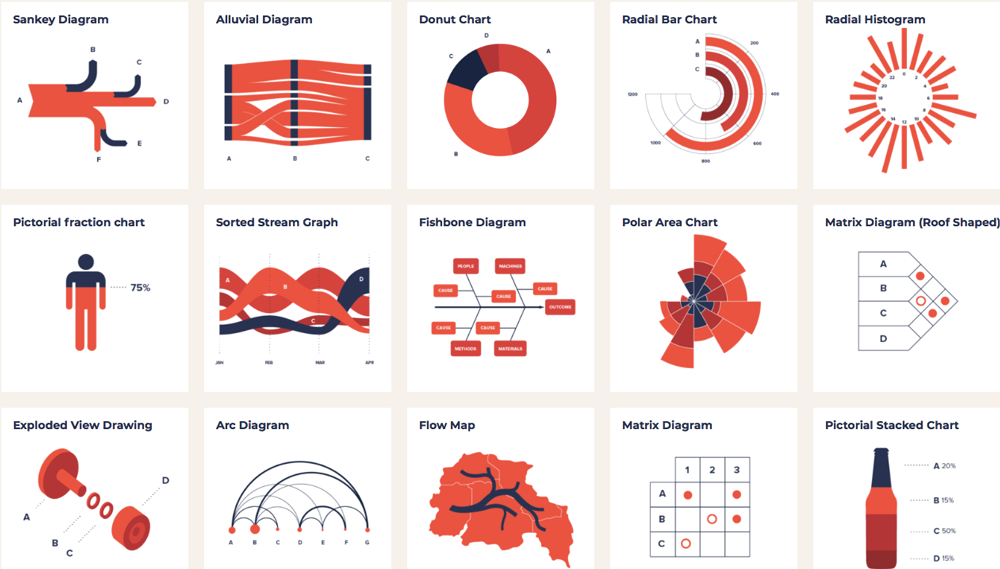But before you go out and buy a Shure SM7B cardioid microphone with the corporate card, realize what you’re getting into. Michael Lewis—author of Liar’s Poker, Moneyball, The Big Short, Flash Boys, and creator of the podcast “Against the Rules”—shared his observations on what it takes to create and produce a winning podcast on (what else?) a recent Longform podcast.
The whole episode is fascinating, but this portion is in the first half hour. Some key points:
Script it, conversationally. Unlike videos, where we advise clients against reading from a script, most podcasts are scripted. But it should be conversational, which isn’t easy—even for Lewis. You may think you can write conversationally, he says, but you probably can’t.
The voice rules. The human voice is surprisingly information-rich. Audiences can pick up on the slightest signal—“integrity, slipperiness, nervousness.” That’s actually great news. Your host and guests won’t need telegenic looks. If they’re passionate, curious-engaging, warm, or genuine, they’ll shine.
Even so, some voices suck the energy out of the room (and you won’t know until you hear it played back). Podcast newbies will need training. “You’re using your voice as an instrument,” and as with any instrument, instruction and practice can help. Malcolm Gladwell and his “Revisionist History” podcast team do readings, just like actors. Lewis listens to demo recordings to get his timing right.
Avoid technical subjects. While he’s not shy about tackling complicating subjects in his writing, Lewis thinks podcasts aren’t a good medium for explaining highly technical subjects—for example, collateralized mortgage obligations.
On the other hand, he thinks podcasts uniquely allow you string disparate ideas together. The power of the voice is “a substitute for narrative—not a perfect substitute, but it can pull them through.”
A new audience. Another advantage to adding podcasts to your marketing mix: you may well reach a different audience from those you’re currently reaching. “There’s an overlap with readers but it’s not the same group,” says Lewis. “It’s a different audience.” It skews younger, more affluent, and we believe more professional.
It ain’t easy. As these observations suggest, a good podcast is a big undertaking, whether it’s a looser interview format (e.g., “How I Built This”) or a scripted, storytelling series (e.g., HBR’s “Ideacast”). “It’s not a trivial amount of work. It sucked up eight months of my life.”
A successful podcast also takes a variety of skillsets. Unless you’re using the podcast as a glorified announcement, doing it yourself is probably a misuse of resources. The only thing you’ll be broadcasting is that you really don’t believe in the law of comparative advantage.
If you want some of the benefits of podcasting without doing or hiring the work, there’s always sponsorship. By negotiating some air time for your own sponsored content, and using their creative and production resources, you could get some of that podcast magic.
















